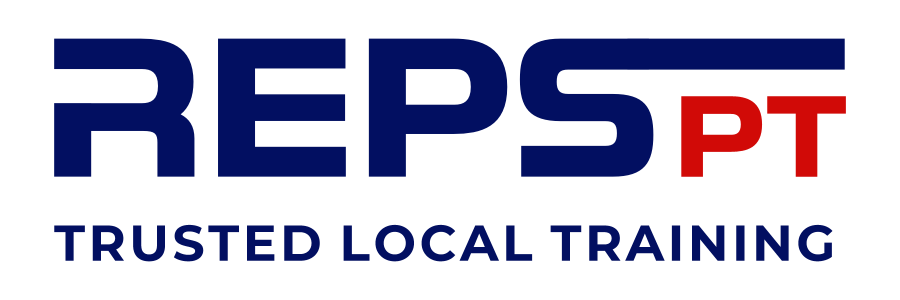Benefits and Proper Form of the Standing Barbell Shoulder Press
The Standing Barbell Shoulder Press, also known as the overhead press, is a powerful compound exercise that primarily targets the shoulders (deltoids) while engaging the triceps, upper chest, core, and stabiliser muscles. As one of the best upper-body strength builders, it improves overall shoulder health and enhances performance in other lifts and daily activities.
Benefits
-
Improved Shoulder Strength and Size
The shoulder press isolates the deltoids, helping to develop strength and muscle mass in the front, side, and rear parts of the shoulder. -
Core and Stability Engagement
Performing the exercise while standing requires balance and core stability, making it an effective full-body movement. -
Functional Strength Development
Pressing a barbell overhead mimics real-life movements, improving functional fitness and overall upper-body strength. -
Enhanced Upper-Body Strength
This lift engages multiple muscle groups, including the triceps and upper chest, contributing to better performance in other pushing exercises. -
Posture and Spinal Health
Strengthening the shoulders and upper back helps improve posture, reducing the risk of shoulder and neck discomfort. -
Versatility for Progression
With variations such as strict press, push press, and seated press, it allows for continuous progression and variety in training.
Proper Form
-
Set Up
- Stand with your feet shoulder-width apart and the barbell resting on your upper chest, held in a front-rack position.
- Grip the bar with your hands just outside shoulder width, palms facing forward, and elbows slightly in front of the bar.
- Engage your core and glutes to stabilise your body.
-
Lift the Bar
- Take a deep breath and press the barbell overhead in a straight line.
- Fully extend your arms at the top while keeping your wrists neutral and your elbows locked out.
- Ensure your head moves slightly forward under the bar at the top for optimal alignment.
-
Lower the Bar
- Lower the barbell slowly and under control to the starting position, just above your upper chest.
- Keep your elbows slightly forward and avoid letting them flare out to the sides.
-
Breathing
- Inhale before pressing the bar, and exhale as you push it overhead.
- Take controlled breaths between repetitions to maintain stability.
Tips for Success
-
Warm Up Thoroughly
Loosen up your shoulders and activate your rotator cuffs with light resistance band exercises before starting. -
Use Proper Core Engagement
Keep your core tight and glutes engaged to prevent lower back arching during the press. -
Keep the Bar Path Straight
The bar should travel in a straight line, moving slightly backward as you press it overhead. -
Start with Lighter Weights
Master your form with manageable weights before progressing to heavier loads. -
Avoid Overextension
Do not lean back excessively to compensate for weak shoulder strength, as this can strain your lower back. -
Use a Spotter if Necessary
For heavy lifts or near-maximal efforts, having a spotter or safety rack can provide added confidence.
Reps and Sets
- Strength Gains: Perform 4-6 sets of 4-6 reps with heavier weights.
- Muscle Hypertrophy: Aim for 3-4 sets of 8-12 reps with moderate weights.
- Endurance: Use lighter weights and aim for 2-3 sets of 12-15 reps.
The standing barbell shoulder press is a staple movement for building shoulder strength, size, and stability. Regularly including it in your workout routine can enhance upper-body power and posture while contributing to overall athletic performance.

